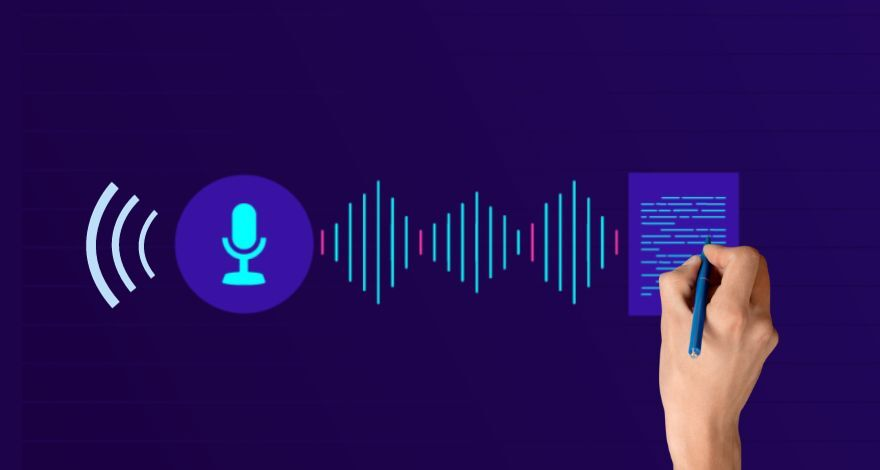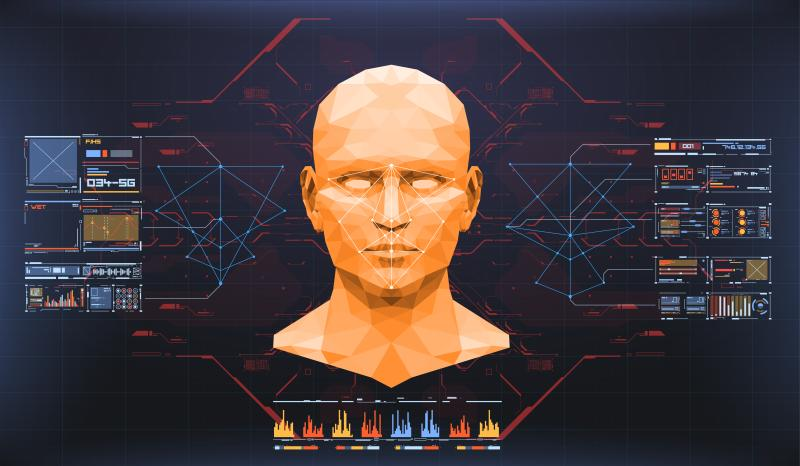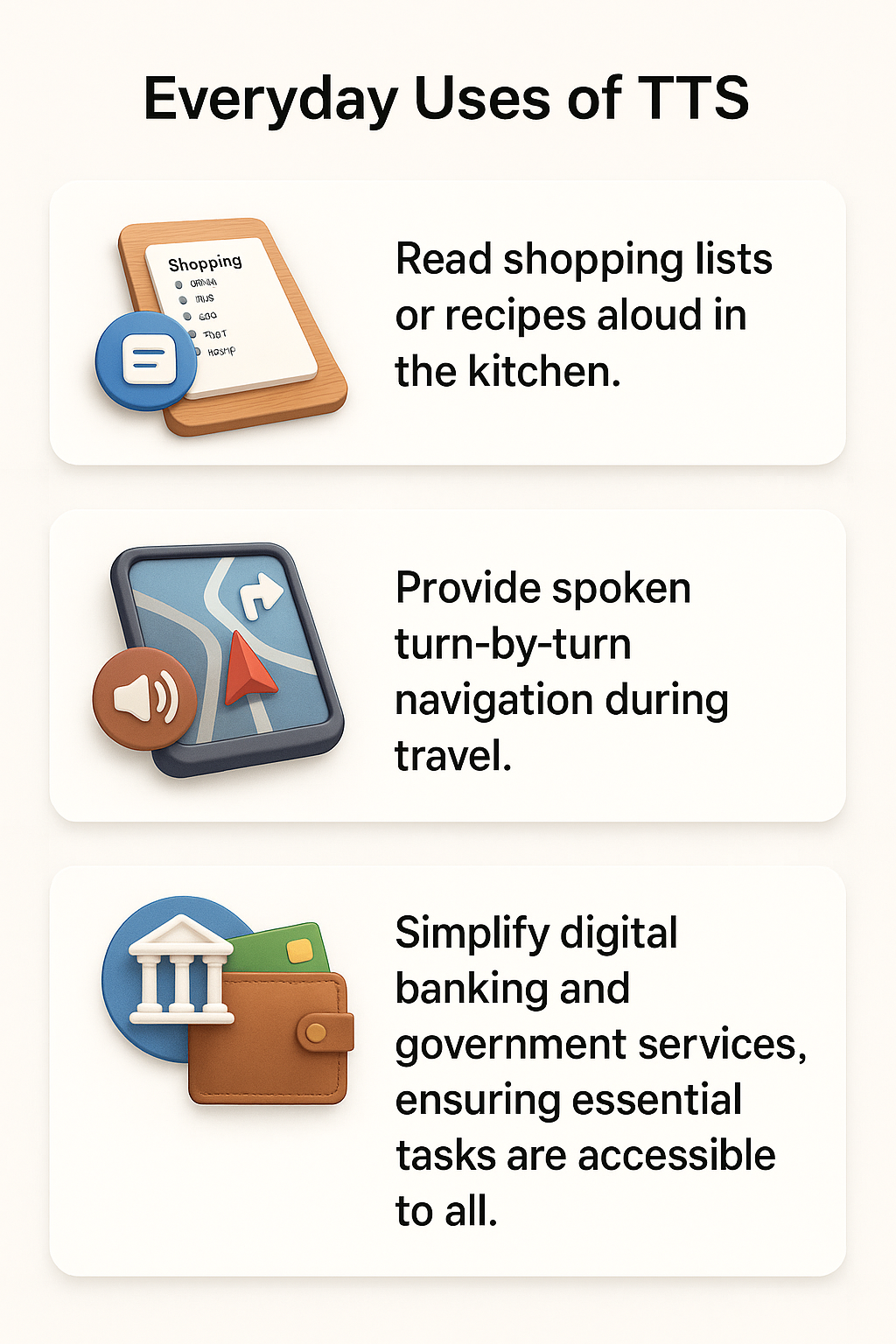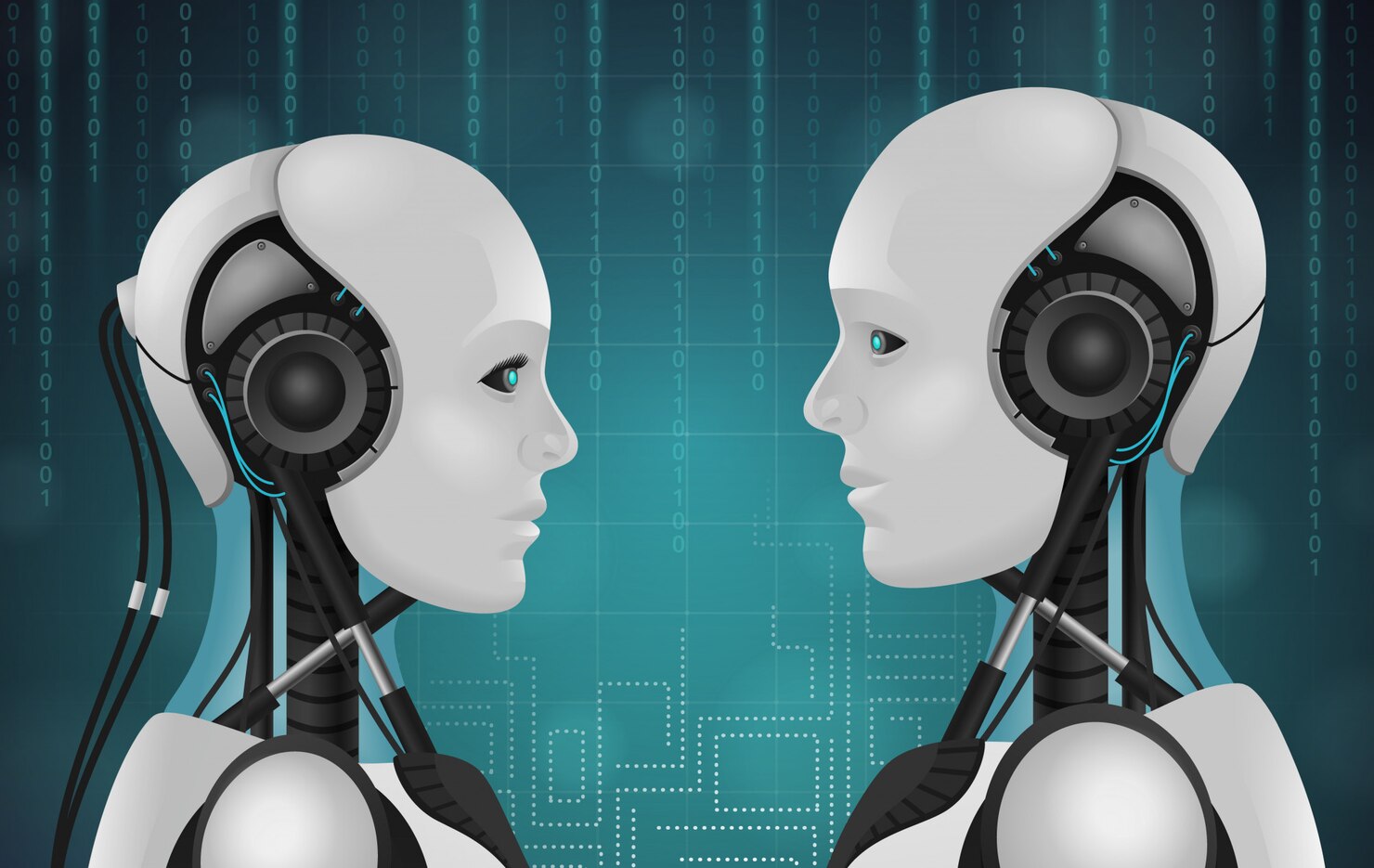Text-to-speech AI is no longer a niche technology. It is becoming a foundation of how people access information, communicate with machines, and even create media. In 2025, its role is expanding across healthcare, education, podcasting, and business automation. This article explores how TTS works, its uses, limitations, and future trends. The goal is to show where the technology truly delivers value and where it still struggles.

Accessibility: Breaking Barriers Through Voice
Accessibility remains one of the most impactful areas for text-to-speech AI. It is not a luxury but a critical tool that helps millions of people live independently and access opportunities that would otherwise be out of reach. According to the World Health Organization, more than 2.2 billion people worldwide live with some form of vision impairment. For many of them, screen readers powered by speech synthesis are the only reliable way to consume digital information. These tools read aloud websites, emails, forms, and documents, making the digital world more inclusive and ensuring compliance with WCAG accessibility guidelines.
Supporting Communication for People with Disabilities
Accessibility is not only about reading text. People with speech or motor impairments rely on assistive communication devices that use TTS to give them a voice. These devices translate typed or selected text into natural sounding speech. The most well known case is Stephen Hawking, who used a speech synthesizer to share his research and communicate with the world. Today, technology is much more advanced. Users can choose voices that reflect age, gender, or even regional accent. This personalization provides dignity and identity, rather than a generic robotic voice.
According to the National Institute on Deafness and Other Communication Disorders, speech generating devices improve quality of life and support social participation. In classrooms, TTS allows students with disabilities to take part in discussions, follow lessons, and complete assignments more independently. In workplaces, it ensures employees with disabilities can engage in meetings, contribute ideas, and remain productive members of their teams.

Expanding the Range of Tools
The ecosystem of text-to-speech (TTS) accessibility tools is rapidly evolving, offering users more ways to interact with digital content and overcome communication barriers. Today, key applications include:
- Screen readers and magnifiers that convert digital text into spoken words for individuals with vision loss.
- Assistive communication devices that generate personalized voices for people with speech impairments.
- Document readers designed to support individuals with dyslexia or other reading challenges by simplifying text processing.
- Navigation aids that describe website elements and provide guidance through complex digital interfaces.
- Caption-to-speech converters that deliver real-time audio from captions during live events or online classes.
These technologies are transforming accessibility by bridging significant communication gaps. For example, students with dyslexia can listen to complex study materials and keep pace with their peers, while professionals with vision loss can have lengthy reports read aloud, streamlining their workflow and boosting productivity.

Accessibility in Education and Daily Life
Education: Building Inclusive Classrooms
In education, text-to-speech (TTS) has become a true game changer. By providing lesson materials in both text and audio formats, teachers can create classrooms where every student has equal access to knowledge. Students with dyslexia can listen to complex readings instead of struggling through them, while visually impaired classmates can rely on screen readers without feeling excluded. This dual-mode approach not only supports diverse learning needs but also normalizes accessibility tools for all learners, reducing stigma and encouraging empathy among peers.
TTS also extends learning beyond the classroom. Digital platforms and e-learning systems with integrated speech synthesis allow students to review materials at home, access academic resources independently, and participate more actively in discussions. As education becomes increasingly digital, TTS ensures that inclusivity remains at the heart of progress.
Everyday Life: Enhancing Independence
Beyond education, TTS plays a vital role in everyday life, enabling greater independence and autonomy. Mobile applications with speech synthesis can:
- Read shopping lists or recipes aloud in the kitchen,
- Provide spoken turn-by-turn navigation during travel,
- Simplify digital banking and government services, ensuring essential tasks are accessible to all.

Healthcare is another area where TTS is transforming daily experiences. Providers now use TTS-enabled platforms to deliver medical instructions and prescription guidelines in clear, spoken formats. This reduces the risk of miscommunication, supports patients with limited literacy, and helps ensure treatment plans are followed correctly.

The Human Impact: Beyond Functionality
Perhaps the most profound impact of TTS lies not in its technical capabilities but in its human dimension. Having a reliable voice — whether natural-sounding, expressive, or personalized — empowers individuals with disabilities to participate fully in conversations, advocate for their needs, and express emotions in social settings. This goes far beyond convenience: it fosters dignity, confidence, and self-determination.
For many users, the ability to be heard on their own terms is as important as the practical benefits of accessibility. TTS is not just a tool for reading text aloud; it is a bridge to self-expression, inclusion, and belonging.
Looking Ahead
Accessibility will remain one of the core drivers of innovation in TTS. As voice synthesis becomes more natural, adaptive, and context-aware, its applications will extend across education, employment, healthcare, and daily living. The result will be a more inclusive digital society where millions of people can engage fully, without barriers, and with the confidence that their voices — in every sense — matter.

Voice Assistants: Mainstream and Evolving
Voice assistants are already common. About 67% of adults in the United States use them. These tools rely on TTS to respond with natural sounding voices. For many elderly or disabled users, assistants like Alexa or Google Assistant are not just helpful, they are essential for daily life.
Voice assistants are transforming both households and industries. In smart homes, TTS enables spoken responses to commands that control lights, heating, and security systems. In professional environments, assistants can provide hands free access to schedules and documents. Real time translation is another area where TTS combined with speech recognition bridges language gaps.
A rising trend is emotional tone synthesis. This allows assistants to adjust speech to the situation, such as sounding empathetic during a support call or enthusiastic in a shopping recommendation. These developments make interactions more natural. Developers can integrate such capabilities using solutions like the Graphlogic Text-to-Speech API, which provides scalable tools for natural voice output.

Podcast Creation: Faster, Cheaper, More Global
Podcasting has been transformed by text-to-speech. Independent creators once needed expensive studio time and professional voice actors. Now, AI generated voices make content creation faster and cheaper. Small podcasters report up to 50% savings in production time when using automated TTS voices.
There are two standout uses for podcasters: multilingual voice generation, which allows episodes in English, Spanish, French and beyond, and character voices that enrich storytelling and make education content more engaging.
This technology has democratized podcasting. Independent creators with limited budgets can now compete with professional studios. Multilingual features expand reach and connect audiences worldwide.
According to the American Speech-Language-Hearing Association, synthetic voices can also support people with reading or learning difficulties by making complex content more accessible. Podcasts that use TTS to add narration or summaries provide inclusivity benefits as well as creative ones.

Business Automation: Efficiency at Scale
Business adoption of TTS is accelerating. Many companies now deploy it to automate routine customer service tasks. For example, call centers with TTS systems can reduce average call duration by up to 30%. This frees human agents for complex issues and cuts costs.
Marketing is another strong use case. Brands use synthetic voices for campaigns and see higher engagement because audio ads often feel more personal. Document narration is also gaining traction. Professionals can listen to reports or emails during commutes instead of reading them. This increases productivity.
Main use cases include automated phone systems that provide instant voice responses, marketing audio campaigns that feel less intrusive than text ads, voice alerts and notifications that keep employees updated hands free, and document narration that improves multitasking efficiency.
A MIT Technology Review analysis highlights that companies adopting TTS in support lines are improving satisfaction rates while reducing labor costs. Platforms such as the Graphlogic Generative AI & Conversational Platform allow enterprises to scale these features across multiple departments.

The Science Behind Text-to-Speech
TTS works by converting written text into speech through machine learning models. Modern systems are powered by deep neural networks trained on massive datasets containing thousands of hours of speech recordings.
The models learn intonation, rhythm, and emotional cues, which allows them to produce voices that sound human. The size and diversity of the training set directly affect how natural the output becomes. Systems trained on more accents and contexts produce more versatile voices.
Machine learning ensures continuous improvement. As new voice data is added, the systems adapt to new styles and emotional tones. This adaptability is why modern TTS sounds far more natural than earlier robotic versions.
Challenges and Ethical Risks
Despite rapid progress, text-to-speech (TTS) technology continues to face significant challenges.
Lack of Expressiveness
While synthetic voices have become clearer and more natural, many still lack emotional depth. Flat or monotone delivery reduces engagement in settings like audiobooks, customer service, or therapy, where tone and nuance are critical. Without natural expressiveness, listeners may find it harder to trust or connect with the voice.
Ethical Risks of Voice Cloning
The rise of advanced voice cloning poses more serious concerns. Synthetic voices can be misused for fraud, impersonation, and misinformation. Cases of deepfake voices being deployed in scams already highlight the urgency of this risk. Strict safeguards and verification systems are essential to prevent abuse and ensure responsible use.
Data Privacy Concerns
Another challenge lies in data privacy. Training TTS models often involves large voice datasets that may include personal or sensitive recordings. Protecting this data is not just a technical requirement but a legal obligation under frameworks like GDPR. Companies must carefully vet datasets, obtain informed consent, and ensure compliance with data protection laws.
The Need for Standards and Safeguards
These limitations underscore the need for stronger technical safeguards, industry-wide standards, and transparent practices. Robust compliance policies, ethical guidelines, and clear accountability measures will be crucial for building public trust as TTS continues to evolve.

Future Trends and Predictions
The next stage of text to speech development is focused on deeper personalization, more natural interaction, and seamless integration into daily life. In 2025, several clear trends are shaping the path ahead.
Multilingual Voices at Scale
Multilingual capabilities are improving rapidly. Instead of separate systems for each language, advanced models can now switch between languages in real time. A tourist in Tokyo could ask for directions in English and receive responses in their own accent and pronunciation, while the same system can instantly reply to a local in Japanese. This type of smooth switching is particularly valuable in global customer service, international education, and healthcare contexts where clarity is critical. Researchers are also testing speech systems that can recognize and adapt to code switching, the natural way bilingual people switch languages mid conversation.
Integration with AR, VR, and IoT
The convergence of TTS with augmented reality, virtual reality, and the Internet of Things is opening new possibilities. Imagine wearing AR glasses that narrate visual cues for people with vision impairment or a VR training program that uses natural speech to guide learners through complex simulations. In IoT, TTS allows smart appliances to communicate in conversational ways. A home energy system might explain consumption patterns out loud instead of requiring users to parse graphs on a screen. These integrations make technology more inclusive and easier to use.
Emotional Speech Synthesis
One of the most anticipated areas of progress is emotional speech synthesis. Voices that can convey empathy, authority, or enthusiasm will transform human machine communication. A healthcare assistant that delivers bad news with compassion or a retail chatbot that sounds genuinely cheerful can improve trust and engagement. Companies are already experimenting with tone shifting, where the voice adapts to context such as speaking calmly in emergencies or warmly during customer support. Emotional realism will likely become a differentiator for brands that use AI voices.
Cross Language Voice Conversion
Cross language conversion is emerging as another powerful trend. A single person’s voice can be cloned and rendered in multiple languages while retaining natural tone and timbre. This means a teacher could record lessons in English, and students worldwide could listen to the same familiar voice in Spanish, French, or Mandarin. The potential for education and global business communication is enormous. It also has implications for media, where actors or public figures could reach global audiences without dubbing or subtitles.
Adaptive Personalization
Personalization will soon become standard in TTS. Users will be able to select voices that reflect their own preferences for age, gender, accent, and even speaking style. A professional might prefer a concise, formal voice for work documents while using a warmer and more expressive voice for family communication. Advances in neural voice modeling make it possible to fine tune output at the level of pitch, speed, and rhythm, giving individuals unprecedented control. This adaptive personalization supports not only convenience but also cultural relevance, since accents and dialects play a strong role in identity.
Predictions for the Next Decade
Looking beyond 2025, several forecasts stand out. Healthcare adoption will accelerate as TTS becomes embedded in diagnostic tools and patient support systems, providing accessible instructions and real time health guidance. Education platforms will use TTS for immersive multilingual learning, giving students the ability to learn in their preferred language with consistent voice quality. Workplace productivity will increase through meeting summaries and document narration, reducing time spent on routine reading. Global media production will expand as TTS reduces the cost of dubbing and enables simultaneous multilingual releases. Regulation and ethics will become central. As voices become indistinguishable from human speech, policymakers will likely introduce labeling standards or safeguards against deepfake misuse.
These trends signal a future where text to speech will no longer feel like a separate tool. It will be part of the fabric of communication, shaping how people learn, work, and connect across borders. The shift is not only technological but also cultural, as voices created by AI become part of daily interaction.
Final Thoughts
Text to speech AI has moved far beyond its early role as a support tool for people with disabilities. It now sits at the center of innovation across healthcare, education, media, and enterprise. The technology enhances inclusivity by giving millions of people with vision or speech impairments the ability to communicate and access knowledge independently. It fuels automation in businesses by reducing costs and freeing employees from routine tasks. It also empowers creators by lowering barriers to podcasting, e learning, and media production.
At the same time, challenges remain. Synthetic voices often still lack the emotional depth of human speech. The risks of misuse through cloning and deepfake applications are real. Privacy concerns over voice datasets demand strict compliance with global regulations. These issues cannot be overlooked and will shape the pace of adoption in coming years.
The trajectory of development is clear. More personalized, multilingual, and emotionally expressive voices are emerging. Integration with immersive technologies such as AR and VR, as well as with everyday IoT devices, will make speech interfaces a normal part of digital life. If deployed responsibly, with strong ethical safeguards, text to speech AI has the potential to make communication not only more efficient but also more human centered.
The shift underway is not simply technological. It is social and cultural. By enabling wider access, reducing communication barriers, and offering new ways to create and share content, speech synthesis is becoming a foundation of how people live and work in a digital society.
FAQ
Modern TTS systems sound far more natural than a decade ago. Neural networks capture intonation and rhythm effectively, but emotional nuance is still a challenge.
Yes, if privacy and compliance are respected. Businesses must ensure that datasets meet regulations like GDPR to avoid legal risks.
For some tasks such as routine narration or podcasts, TTS can replace human voices. However, for highly emotional performances, human actors remain superior.
Absolutely. Screen readers and assistive devices powered by TTS enable independence for people with vision or speech impairments.
The misuse of cloned voices in fraud or misinformation is the most pressing concern. Ethical use policies and safeguards are essential.

